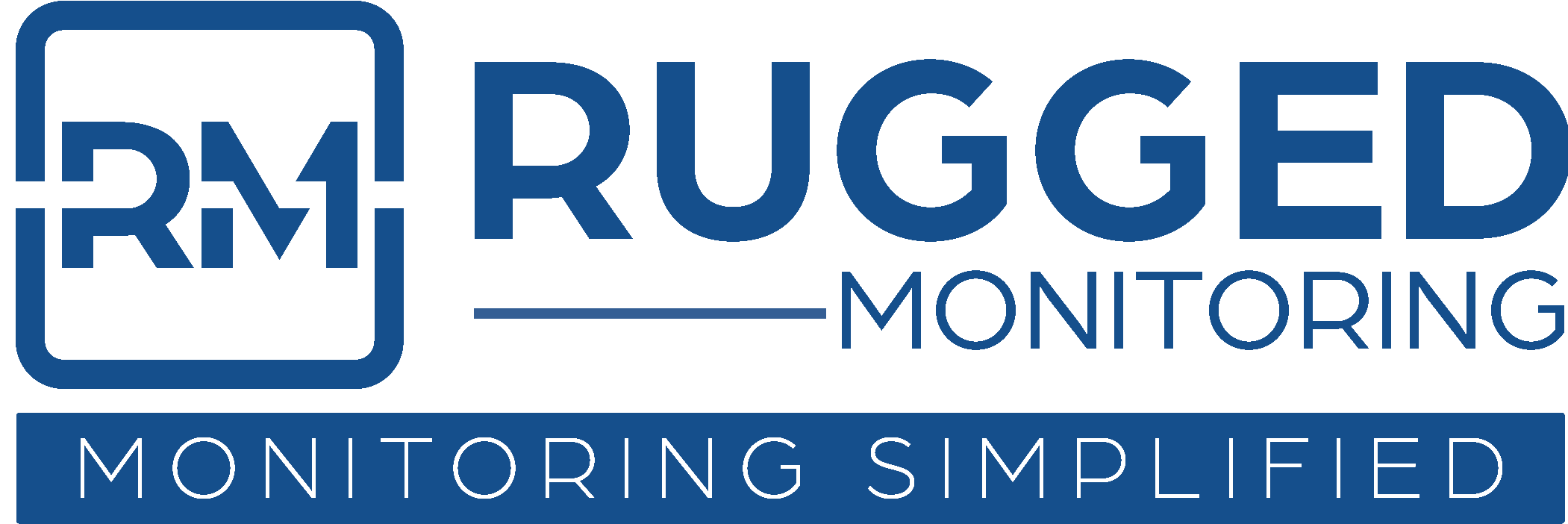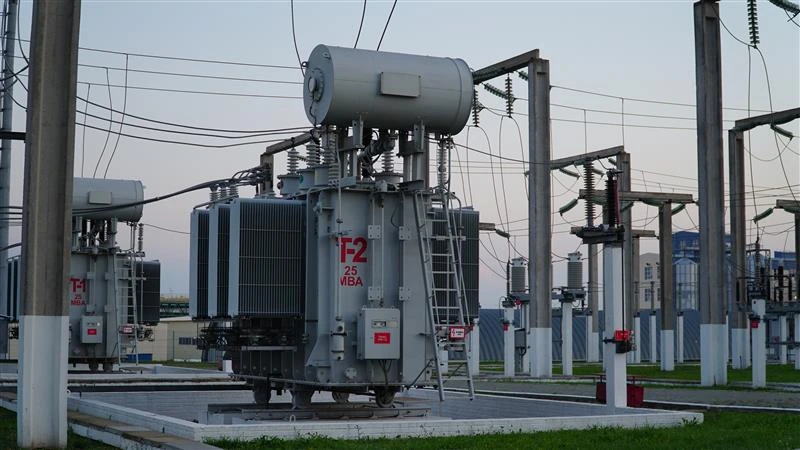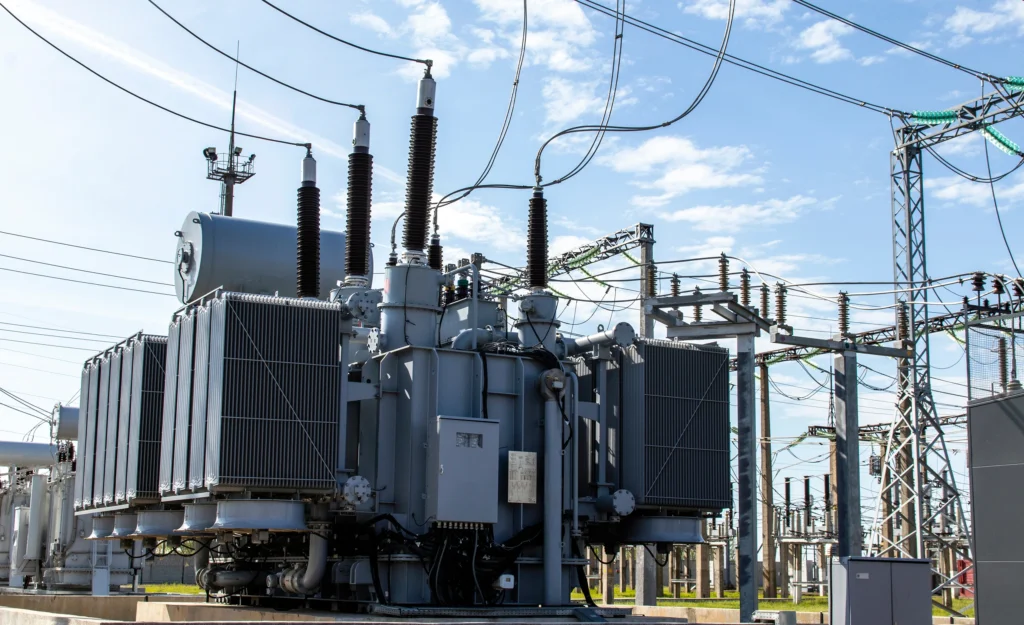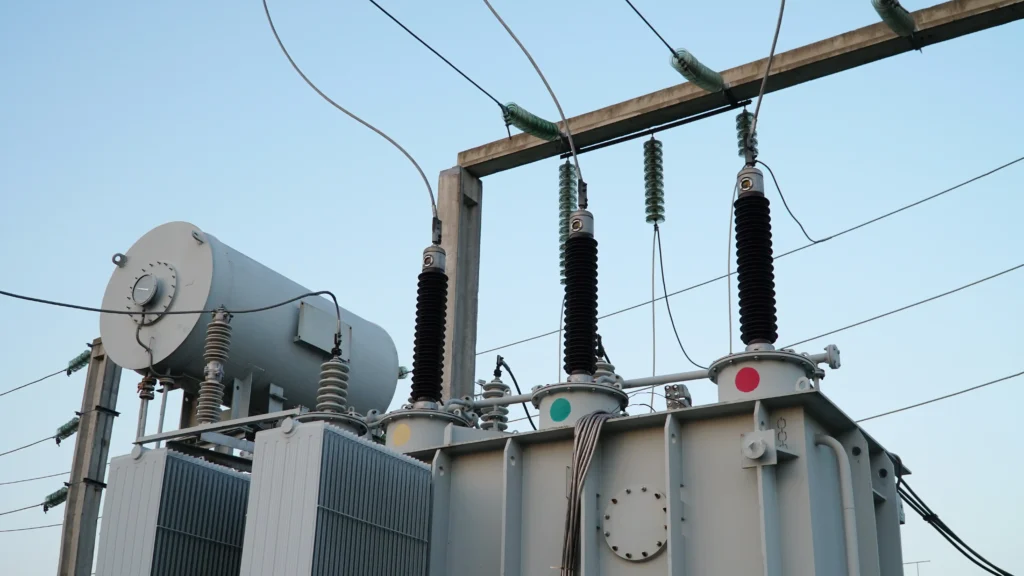Introduction
In the realm of electrical asset management, the health of transformers is paramount. These critical assets, pivotal in power transmission, require meticulous monitoring to ensure their longevity and efficient functioning. One technique that has steadily gained traction over the years is Dissolved Gas Analysis (DGA). Serving as a diagnostic method, DGA evaluates the gases dissolved in transformer oil, providing insights into potential problems within the transformer. With advancements in technology, DGA has evolved, offering more detailed and accurate data than ever before. Coupled with state-of-the-art electrical asset monitoring software, Advanced DGA has become an indispensable tool in the toolkit of every electrical engineer and asset manager.
Historical Context of DGA in Transformer Monitoring
DGA has long been recognized as an essential method for transformer health assessment. Traditional DGA techniques focused on manual sampling and laboratory testing. However, with technological advancements, continuous online monitoring became feasible, allowing for real-time data collection and immediate fault detection, leading to a paradigm shift in transformer health monitoring.
For decades, the health and efficiency of transformers, vital components in power transmission and distribution systems, have been under scrutiny. Their pivotal role in ensuring seamless power distribution makes their maintenance and monitoring crucial. One technique that has stood out in this monitoring endeavour is Dissolved Gas Analysis (DGA).
1. Early Days of DGA:
In the initial stages of its adoption, DGA was a reactive measure, often employed after a fault was suspected or detected. Traditional methods primarily revolved around manual sampling, where oil samples from transformers were periodically taken and sent to labs for analysis. The lab techniques, although effective, were time-consuming and often couldn’t provide real-time data, making early fault detection a challenge.
2. Gas Chromatography Emergence:
With the progression of technology, gas chromatography became the mainstay for DGA. This method allowed for a more detailed breakdown of the gases present in the transformer oil, giving a clearer picture of the internal conditions of the transformer. The gases identified, such as hydrogen, methane, and ethylene, acted as indicators of specific types of faults, enabling targeted interventions.
3. Shift to Online Monitoring:
The realization that proactive monitoring could drastically reduce transformer failures led to the development of online DGA systems. These systems, installed directly on the transformer, could continuously monitor and analyze the gases in the oil. This marked a significant shift from periodic lab testing to continuous on-site monitoring, allowing for real-time fault detection and diagnosis.
4. Integration with Electrical Asset Monitoring Software:
As the digital revolution took hold, the synergy between DGA equipment and electrical asset monitoring software became evident. The ability to integrate real-time data from DGA into comprehensive asset management systems allowed for a holistic view of transformer health. Predictive maintenance, trend analysis, and advanced diagnostics became possible, revolutionizing transformer health monitoring.
5. The Advent of Advanced DGA:
Advanced DGA techniques started emerging, leveraging the power of data analytics, machine learning, and artificial intelligence. These systems could not only detect the presence of specific gases but could also predict potential faults based on historical data and patterns. This predictive capability was a game-changer, offering companies a chance to intervene before faults could escalate.
The evolution of DGA, especially its advanced techniques, has been instrumental in transformer health monitoring. Today, with sophisticated electrical asset monitoring software, companies can harness the full potential of DGA, ensuring the longevity and efficiency of their transformers. In essence, the historical journey of DGA mirrors the broader trajectory of technological advancements in the electrical industry, each innovation building on its predecessor, driving towards a future of enhanced reliability and efficiency.
Understanding Advanced DGA Techniques
Modern DGA embraces advanced sensors and algorithms. These innovations facilitate the detection of trace gases at lower concentrations, ensuring early fault detection. Enhanced with machine learning and artificial intelligence, today’s DGA systems can predict potential failures, allowing timely interventions.
Dissolved Gas Analysis (DGA) has long been recognized as an indispensable tool for the early detection and diagnosis of potential faults in transformers. The traditional methods, though reliable, had their limitations in terms of speed, accuracy, and prediction. The introduction of Advanced DGA Techniques has elevated transformer monitoring to an unprecedented level of precision and proactive maintenance
- Spectroscopy-Based Techniques:
Advanced DGA methodologies have embraced spectroscopy, especially photoacoustic spectroscopy, which allows for rapid and highly accurate gas concentration measurements. This method uses the absorption of modulated infrared radiation by gases present in the transformer oil, making detection more precise.
2. Online DGA Monitors:
One of the revolutionary advancements is the adoption of online DGA monitors. Unlike traditional periodic sampling, these systems provide real-time analysis of gas concentrations, facilitating immediate interventions when abnormal gas levels are detected. They also integrate seamlessly with modern electrical asset monitoring software, offering a comprehensive view of transformer health.
3. Data Analytics and Machine Learning:
By harnessing the power of data analytics, Advanced DGA techniques can now predict potential faults. Machine learning algorithms, trained on vast datasets, recognize patterns that might escape human analysis. Such predictive analytics offers a chance to address issues before they escalate, ensuring longevity and reliability of electrical assets.
4. Advanced Gas Separation Techniques:
Contemporary DGA employs sophisticated gas separation methods, like gas chromatography, which separates gases from the oil and quantifies them. These techniques, combined with mass spectrometry, provide detailed breakdowns of all gases present, giving a clearer insight into the internal health of transformers.
5. Integration with IoT and Remote Monitoring:
The Internet of Things (IoT) has made its mark in Advanced DGA. Sensors embedded in transformers can relay real-time data to remote monitoring stations. This not only enables timely interventions but also reduces the need for on-site inspections, making the process more efficient and cost-effective.
To truly maximize the potential of Advanced DGA Techniques, it’s crucial to integrate them with specialized electrical asset monitoring software. Such integration allows for holistic asset management, where data from DGA is combined with other vital parameters, offering a 360-degree view of asset health.
Understanding and leveraging these advanced techniques is not just about keeping up with technology; it’s about ensuring the reliability, efficiency, and longevity of crucial electrical assets. As the industry continues to evolve, staying updated with these advancements will be paramount for all stakeholders involved.
Benefits of Advanced DGA for Transformer Health
Advanced DGA ensures enhanced accuracy in fault detection, predictive maintenance capabilities, and reduced downtimes. It not only identifies potential issues but also pinpoints their origin, ensuring targeted and effective interventions. These benefits directly contribute to extended transformer lifespans and reduced operational costs.
Advanced Dissolved Gas Analysis (DGA) steps forward as a crucial safeguard, providing a range of benefits to uphold transformer health. With the integration of electrical asset monitoring software, Advanced DGA has ushered in a new era in how industries approach transformer maintenance.
1. Early Fault Detection:
One of the cardinal advantages of Advanced DGA is its ability to detect incipient faults. By analysing the types and concentrations of gases dissolved in transformer oil, early warning signs of issues such as overheating, or insulation breakdown can be identified. This proactive approach minimizes the risk of catastrophic failures.
2. Cost Savings:
A failure in a transformer can lead to significant financial setbacks. Advanced DGA, with its precision and early detection capabilities, can help prevent these failures, resulting in substantial savings. Moreover, by integrating with electrical asset monitoring software, the process becomes more streamlined, reducing maintenance costs.
3. Enhanced Asset Longevity:
Through timely interventions based on DGA insights, transformers can be maintained in optimal condition, ensuring they last their intended lifespan, if not longer. This not only safeguards investments but also ensures a consistent power supply.
4. Data-Driven Decisions:
With the wealth of data that Advanced DGA provides, decision-makers are better equipped to make informed choices. Whether it’s about transformer replacements, repairs, or upgrades, the data from DGA, especially when integrated with asset monitoring software, provides a holistic view of transformer health.
5. Improved Operational Efficiency:
Downtimes are detrimental to any industry. Advanced DGA minimizes unplanned outages by highlighting potential issues before they escalate. This ensures that transformers operate at their peak efficiency, leading to enhanced overall operational efficiency of the power system.
6. Environmental Responsibility:
Transformers, if not monitored, can lead to oil leaks, which are harmful to the environment. By ensuring the health of transformers through Advanced DGA, industries can prevent such incidents, showcasing their commitment to environmental sustainability.
In the realm of transformer monitoring, Advanced DGA is not just a technique; it’s a paradigm shift. The benefits it offers are manifold, from cost savings to operational efficiency. For industries looking to fortify their electrical assets and ensure uninterrupted power supply, embracing Advanced DGA and integrating it with electrical asset monitoring software is the way forward.
Real-world Case Studies and Success Stories
Companies globally have witnessed the prowess of Advanced DGA. For instance, a European utility firm identified a cooling system fault in its early stages, averting a potential shutdown. Such instances underline the transformative impact of modern DGA techniques in real-world scenarios.
The practical applications and success of Advanced Dissolved Gas Analysis (DGA) transcend mere theoretical claims. Real-world case studies and success stories offer tangible evidence of how this innovative approach, when coupled with electrical asset monitoring software, has revolutionized transformer maintenance.
1. Utility Company’s Proactive Approach:
A renowned utility company, faced with recurrent transformer failures, decided to implement Advanced DGA. Leveraging electrical asset monitoring software, they were able to detect potential faults in advance. As a result, they successfully reduced unplanned downtimes by 60% within a year and enhanced the overall operational efficiency of their transmission system.
2. Industrial Plant’s Cost Saving:
An industrial plant, after integrating Advanced DGA into their maintenance strategy, reported substantial cost savings. They identified a minor insulation degradation issue, which, if left unchecked, could have resulted in a costly transformer replacement. Early intervention, guided by DGA insights, averted a potential financial setback.
3. Research Institution’s Asset Longevity Achievement:
A research institution, aiming to maximize the lifespan of their transformers, adopted Advanced DGA. They not only detected gas anomalies in the transformer oil but also predicted the rate of gas generation. This pre-emptive action ensured optimal transformer health, adding years to its operational life.
4. Transformer Design Engineer’s Environmental Responsibility:
A group of transformer design engineers used Advanced DGA to monitor potential oil leakages. Through timely alerts, they managed to prevent any significant oil spills, showcasing their commitment to environmental sustainability and minimizing potential ecological impacts.
These real-world cases underscore the transformative potential of Advanced DGA. It’s not just about detecting gas anomalies but about weaving a tapestry of operational efficiency, cost-effectiveness, and environmental responsibility. For industries and institutions globally, it’s a clarion call to adopt Advanced DGA and reap its multifaceted benefits.
Future Prospects: Next Steps in DGA Technology
The horizon of DGA technology is expansive. Research is underway to further refine detection algorithms, integrate IoT capabilities for broader network analysis, and employ augmented reality for on-site evaluations. The future holds a vision of even more interconnected and intelligent transformer monitoring systems.
The arena of Dissolved Gas Analysis (DGA) has undergone substantial evolution, from rudimentary methods to today’s Advanced DGA techniques. With the relentless pace of technological advancements and an ever-growing emphasis on optimizing electrical asset health, the future of DGA promises even greater innovations.
1. Integration with Artificial Intelligence (AI):
The incorporation of AI into DGA systems will revolutionize diagnostics. Machine learning algorithms can learn from vast datasets, detect patterns, and predict potential issues far more accurately than conventional methods. This convergence of DGA and AI can enhance the predictive maintenance capabilities, reducing unplanned downtimes.
2. Enhanced Sensitivity and Precision:
Future DGA equipment will likely have heightened sensitivity, detecting even the minutest quantities of dissolved gases. This will enable asset managers and engineers to spot issues at their nascent stages, well before they escalate into significant problems.
3. Real-time Monitoring Systems:
As the world moves towards real-time data analysis, DGA technology will align with this trend. It would allow continuous monitoring of transformers, sending instantaneous alerts if anomalies are detected, ensuring timely interventions.
4. Cloud Integration and IoT:
The next steps in DGA technology involve its integration with the Internet of Things (IoT) and cloud platforms. This will enable remote monitoring of assets, data storage on cloud platforms, and seamless sharing of information among stakeholders, all in real-time.
5. Environmentally Conscious DGA Techniques:
With growing global emphasis on sustainability, future DGA techniques will be environmentally friendly. This might include methods that minimize waste generation, use green materials, or even techniques that actively contribute to environmental preservation.
6. Comprehensive Electrical Asset Monitoring Software Integration:
Future electrical asset monitoring software will have in-built, sophisticated DGA modules. This holistic approach will ensure that all aspects of electrical asset health, from moisture content to dissolved gas levels, are monitored from a single platform, streamlining processes and improving efficiency.
The horizon of DGA technology is expansive and holds immense promise. As industries worldwide continue to realize the importance of pre-emptive maintenance and asset health monitoring, DGA’s role will only become more pivotal. For stakeholders in the electrical domain, staying abreast of these advancements is not just beneficial; it’s imperative.
Conclusion
The trajectory of Dissolved Gas Analysis reflects the broader evolution of electrical asset monitoring. As we transition to an era where data is at the forefront, the integration of Advanced DGA with sophisticated electrical asset monitoring software becomes not just beneficial but essential. Such synergy ensures that transformers, the linchpins of power transmission, operate at their optimal health, ensuring reliability and longevity. For professionals in the field, staying abreast of these advancements is not just a matter of knowledge but a crucial step towards proactive asset management. The future is poised to be even more interconnected, with DGA playing a pivotal role in shaping the landscape of transformer health monitoring.




